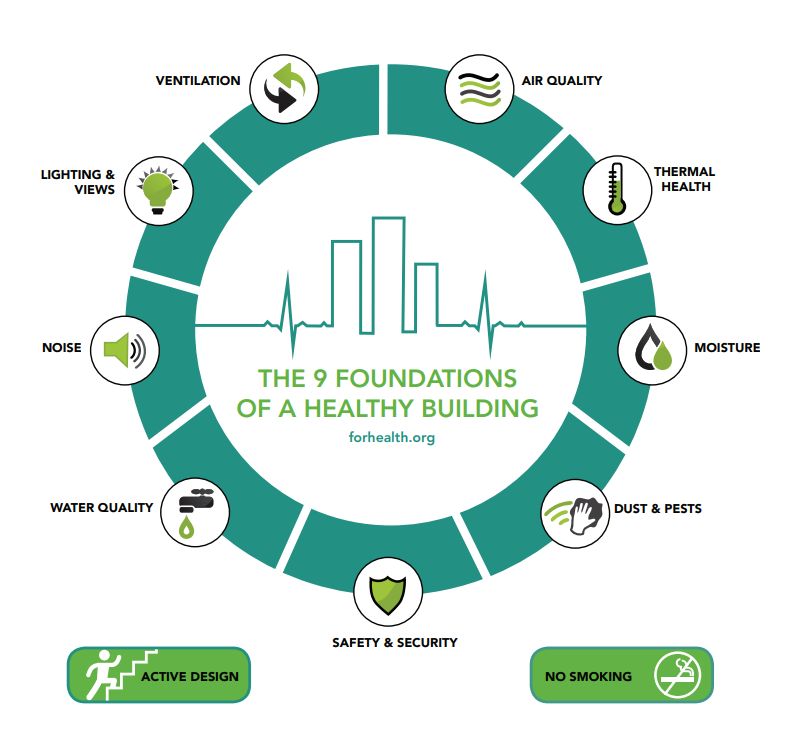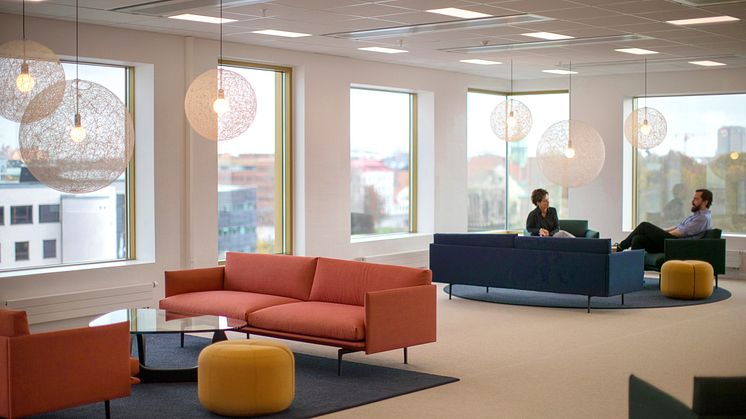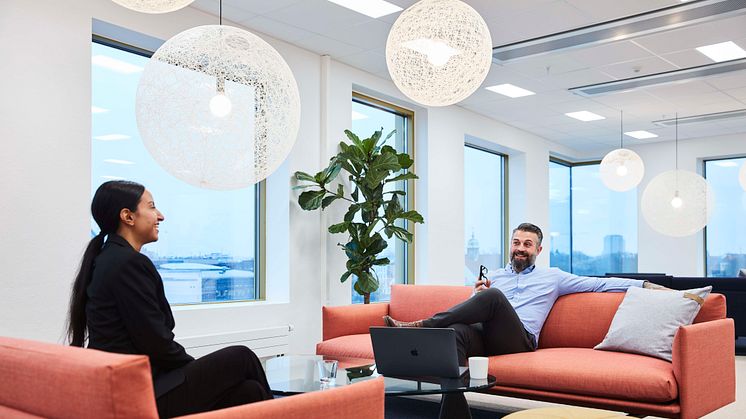
Blog post -
Noise control: The role of ventilation systems in healthy buildings
Creating a healthy indoor environment often brings to mind factors such as temperature, humidity, and air quality. However, one essential yet frequently overlooked element is acoustic. Unwanted or disturbing noise can significantly impact our comfort, well-being, and health, thus making sound reduction a vital part of creating an optimal indoor environment.

In workplaces and schools, excessive noise can lead to a lack of concentration, stress, lower productivity, and a higher risk of errors. In homes, it can disrupt relaxation and sleep. This highlights the importance of reducing outdoor noises in buildings and controlling indoor sources of noise.
Mechanical ventilation systems, while crucial for maintaining good air quality and a healthy indoor climate, can be a key contributor to indoor noise. The movement of air through ducts and diffusers can create turbulence and resistance in the system, resulting in increased noise levels of the building. However, with careful planning and effective sound calculations, this noise can be significantly reduced or, at best, eliminated.
Considering the unique aspects of each case
At Lindab, we understand the comprehensive nature of acoustic in ventilation systems. It’s not just about installing silencers in the system. It’s important to consider the unique aspects of each ventilation system, including the type, noise level and airflow rate. The intended use of the space, its size and shape, the materials used in construction, the choice of air diffusers and other terminal room units, and the impact on neighbouring spaces, must also be considered. By taking into account the entire ventilation system and the building as a whole, we can devise effective solution for sound reduction in the system.
To illustrate, consider our case in Umbria, Italy. Despite being located in a tranquil setting of pine forest near the sea, noise from air handling units and heat pumps was causing issues. Lindab designed a bespoke solution that eliminated both incoming and outgoing noise from the ventilation system, restoring the resort’s guests to the sound of nature and relaxing views of the landscape.
Acoustics and building certifications
Sound attenuation isn't just about creating a comfortable indoor environment. It also plays a significant role in a building's overall health and sustainability. Many green building certification programs, like LEED and BREEAM, include acoustic as a part of their rating system. By integrating acoustic requirements to your building project, you're not only improving the comfort of the building's occupants – you're also one step closer to a certificate that promotes a healthier, more sustainable building.
In conclusion, understanding and addressing the unseen impact of noise is a critical step towards creating healthier indoor (and outdoor!) environments. Reducing noise in your ventilation system isn't just about comfort; it's a significant step towards a healthier, more productive indoor environment. And as always, Lindab is here to help guide you through every step of the process.
Tuomas Veijalainen
Senior Acoustic Specialist at Lindab
Email: tuomas.veijalainen@lindab.com






